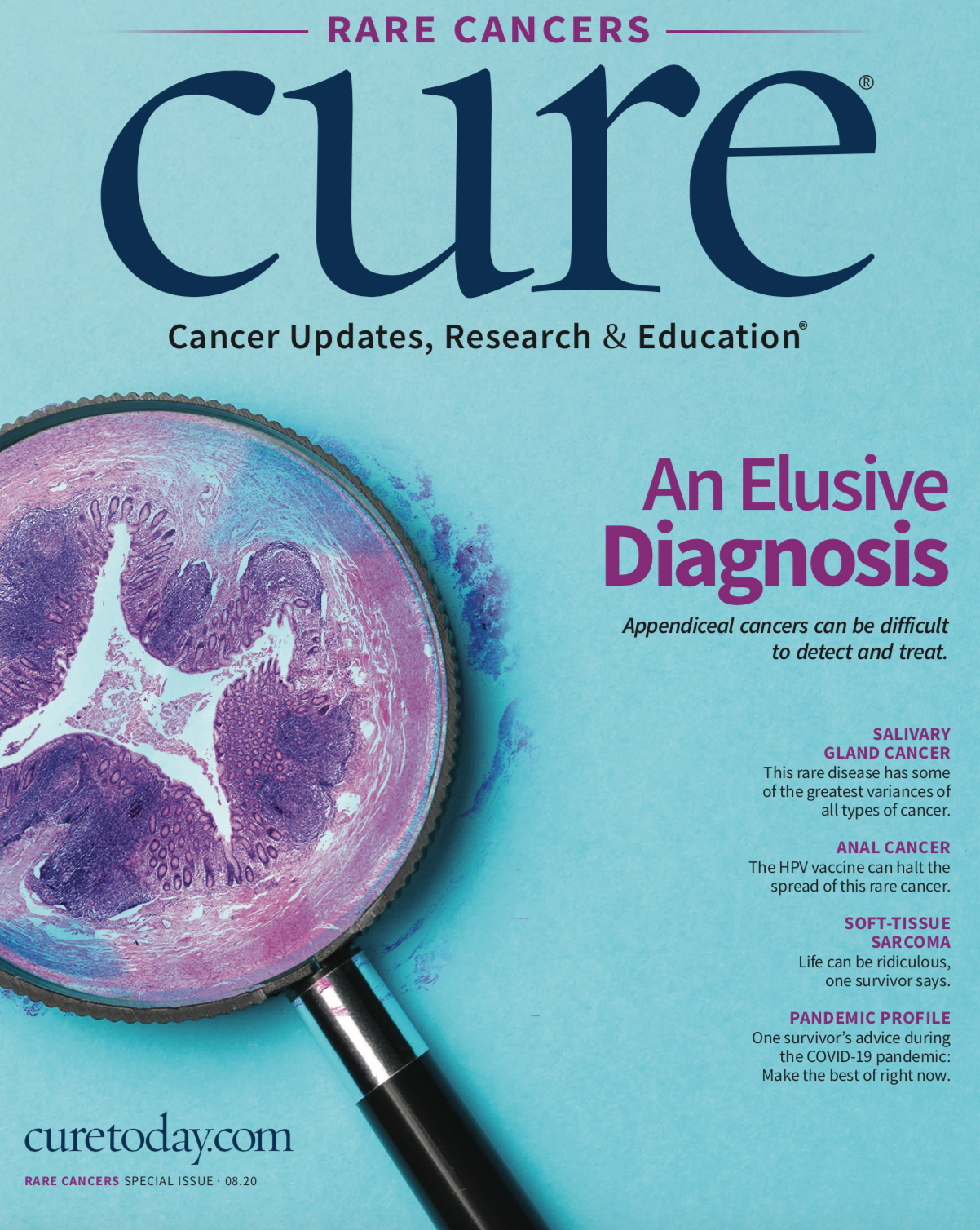Publication
Article
CURE
With Rare Cancers, Progress Starts With the Patients
Author(s):
While the rare cancer landscape is growing, progress is happening thanks to patients advocating for their care.
Some diagnoses are straightforward; others can take months or even years to pinpoint. That is why it is crucial for patients who know that something is not right to continue to follow up with their care team or seek out specialists.
Our feature story describes the experience of a woman who was not satisfied with her doctors’ answers regarding her abdominal pain and bloating. After pushing on through many visits with health care professionals, including specialists, she eventually received a diagnosis of late-stage appendix cancer. That persistence likely saved her life, because the disease tends to not show many symptoms until it is advanced. Once signs appear, diagnosis and treatment are crucial.
Self-advocacy does not stop there. Patients with rare cancers — or their parents or caregivers — should seek out a medical team that specializes in treating their disease. Finding clinical trials and physicians who treat rare diseases can lead to monumental breakthroughs, such as the first Food and Drug Administration approval for children with neurofibromatosis type 1.
In this issue of CURE®, we hear from the researchers who contributed to the life-changing approval for a therapy for this condition; traditionally, only the symptoms, not the disease itself, could be treated.
Major advances do not only rely on patients and researchers but also result from organizations teaming up to gain better patient outcomes. For example, the Cholangiocarcinoma Foundation worked with health technology companies to gather data and improve patients’ access to top-notch care.
Many key players are moving the field of cancer forward, especially among the rarer malignancies. In this special issue, we highlight some of these people and their work, but remember: It always starts with the patient.





